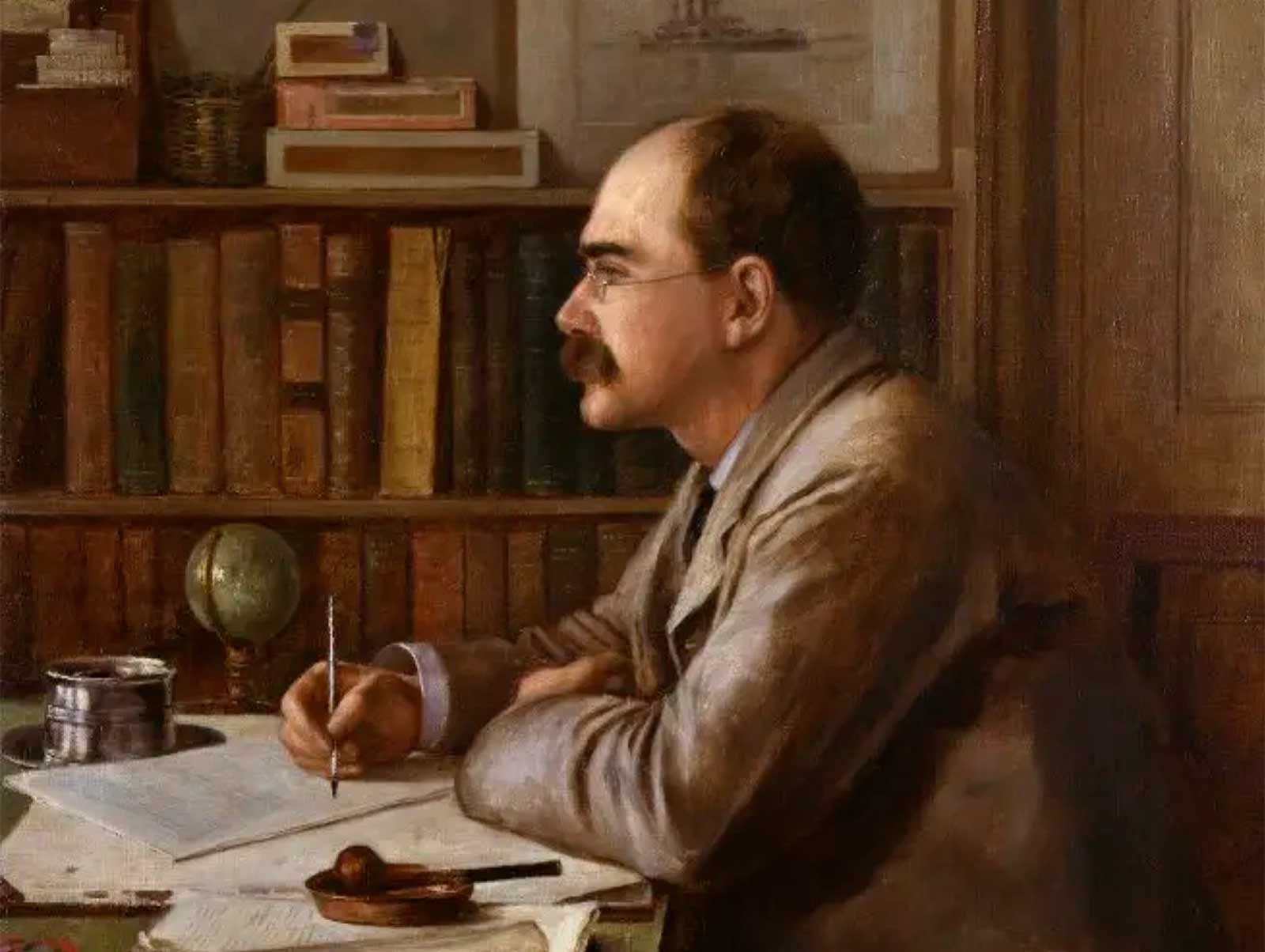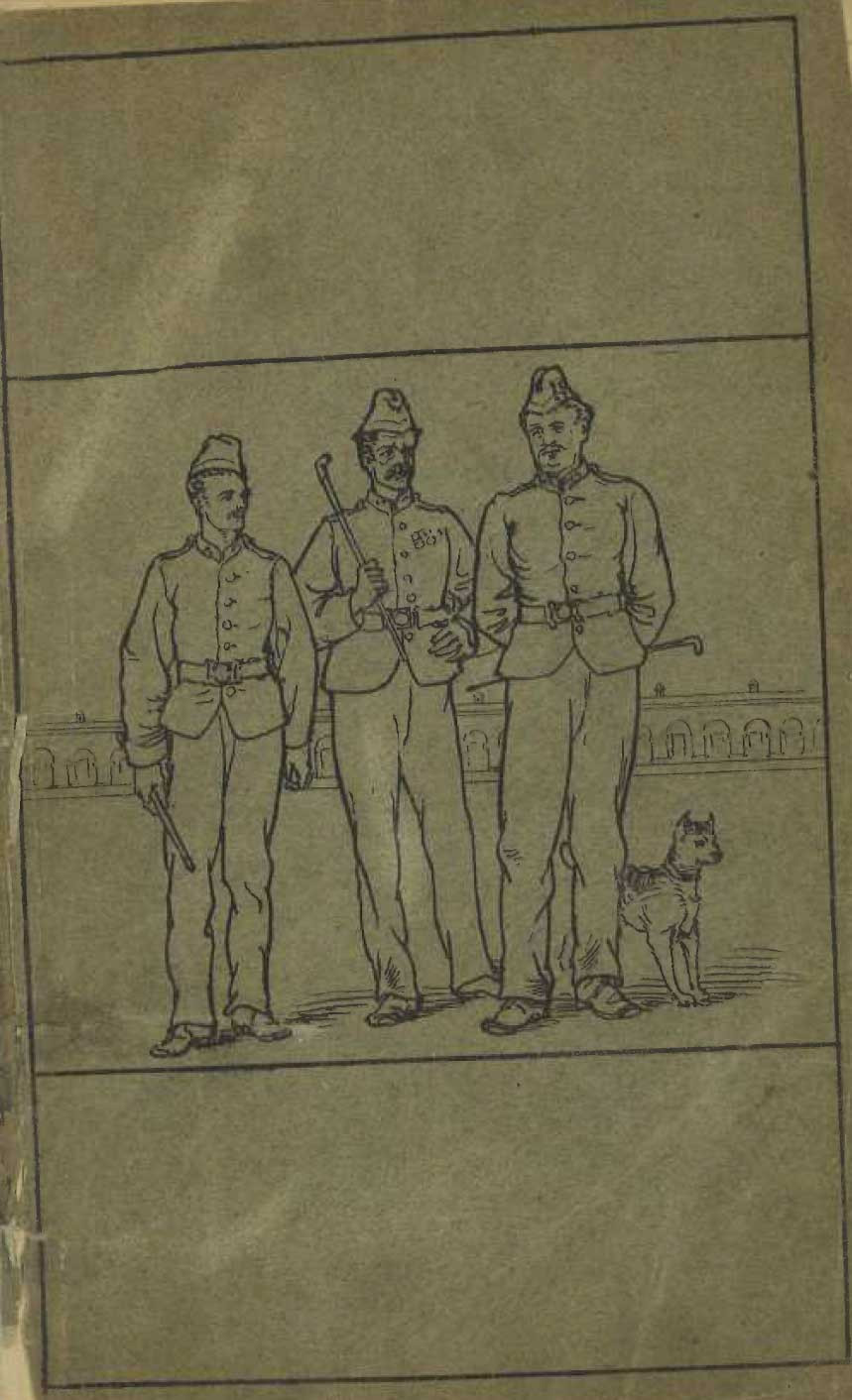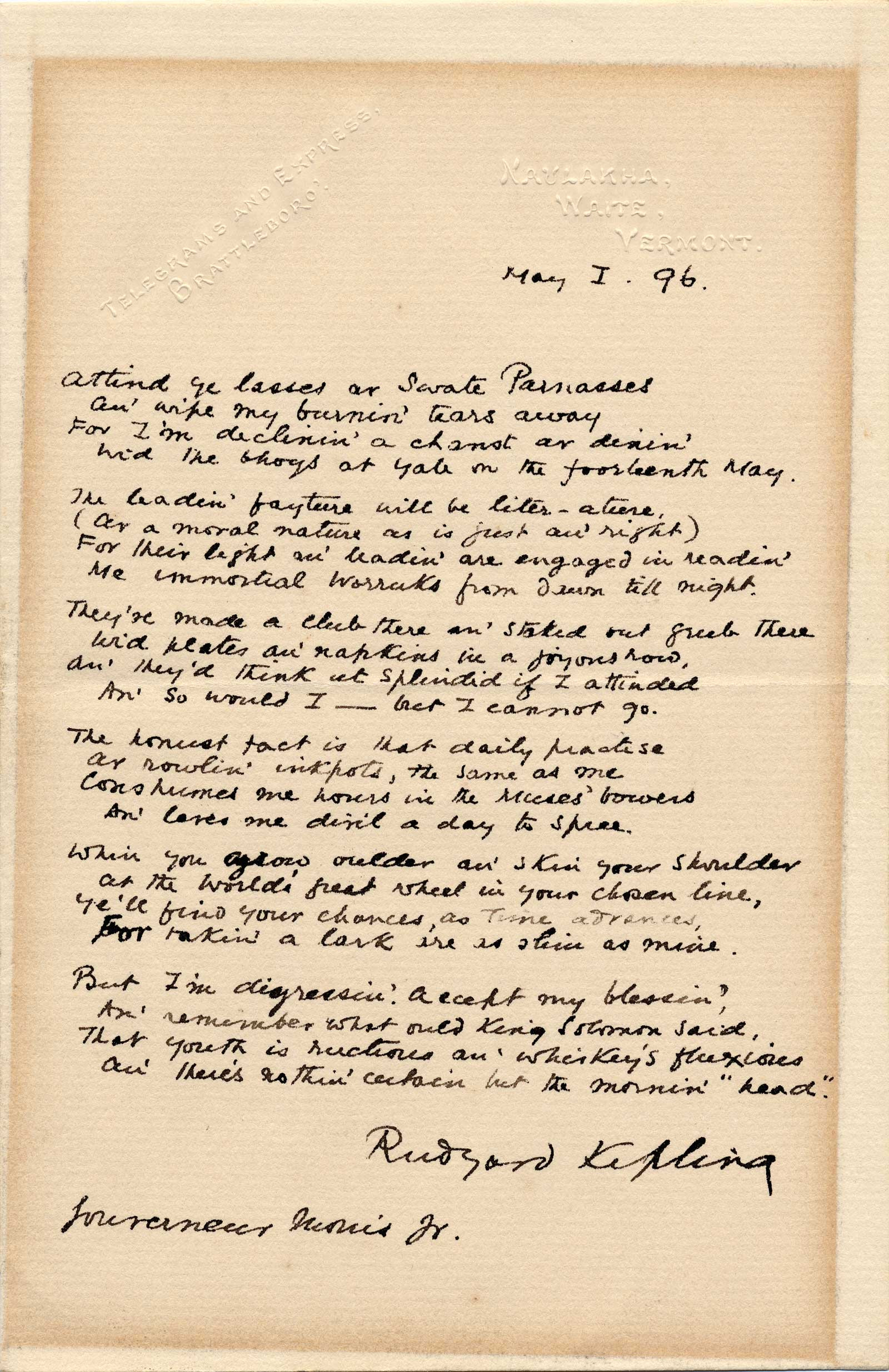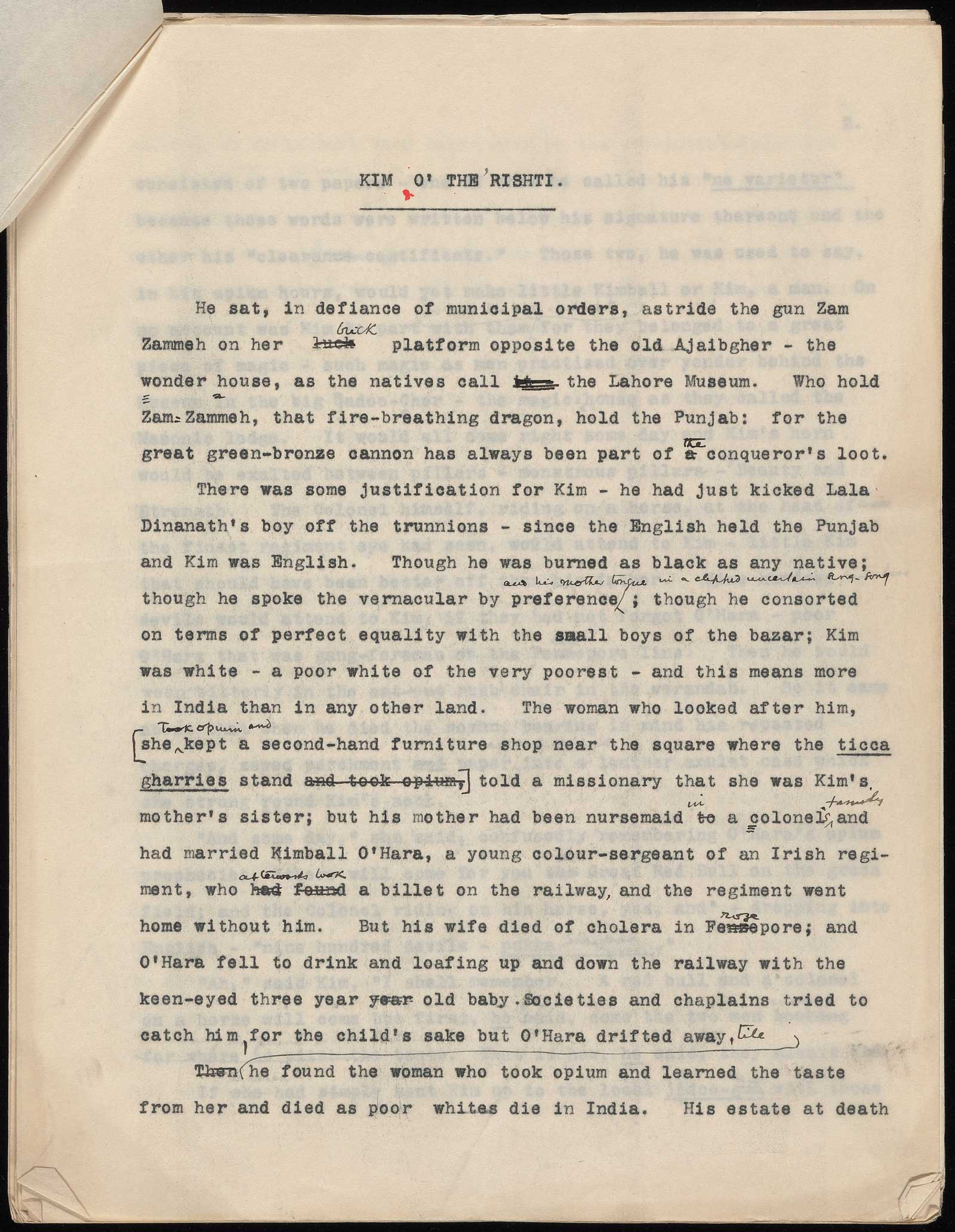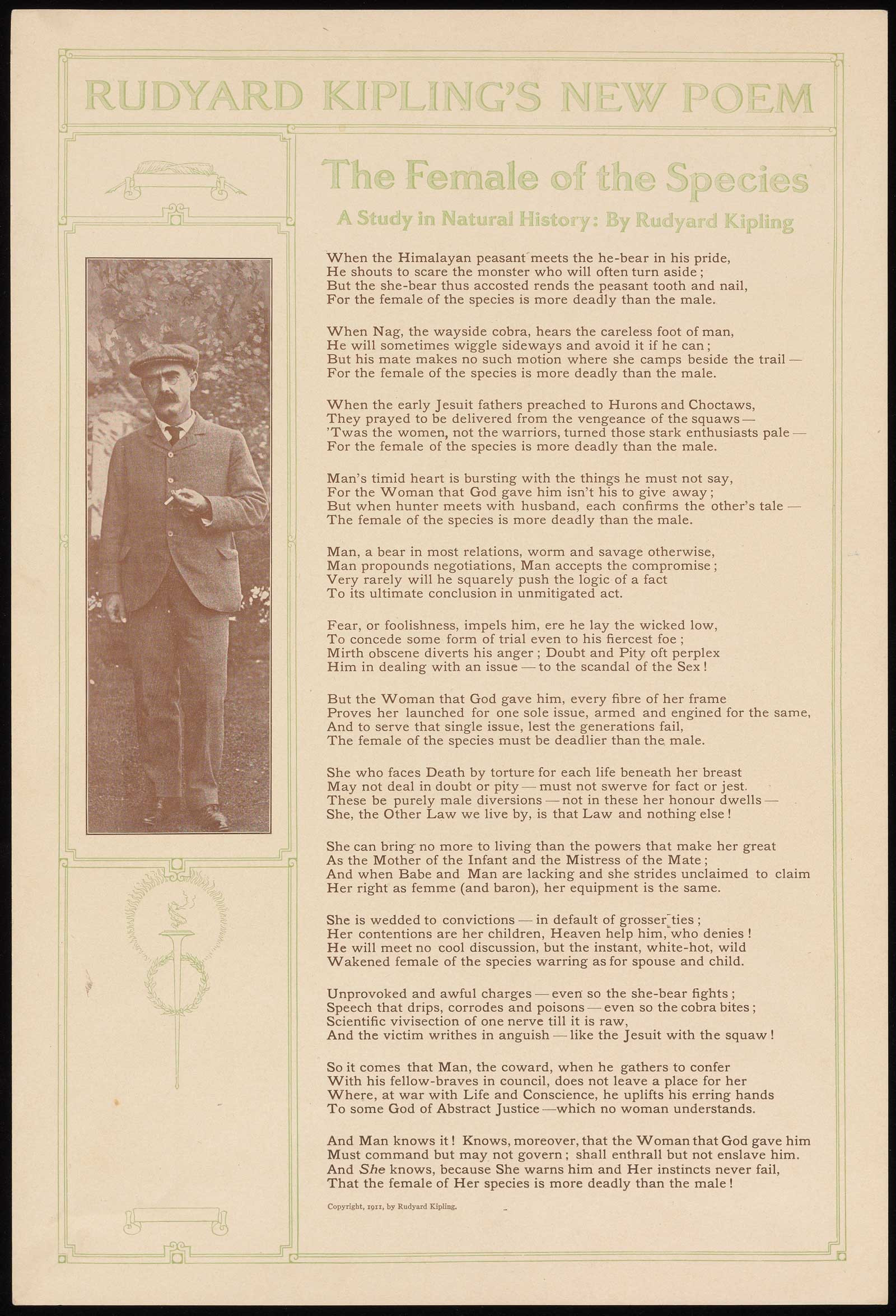Attind ye lasses av Swate Parnassus
An’ wipe my burnin’ tears away
For I’m declinin’ a chanst av dinin’
Wid the bhoys at Yale on the foorteenth May.
The leadin’ fayture will be liter-ature,
Av a moral nature as is just an’ right)
For their light an’ leadin’ are engaged in readin’
Me immortal Worruks from dawn till night.
They’ve made a club there an’ staked out grub there
Wid plates an’ napkins in a joyous row,
An’ they’d think ut splindid if I attinded
An’ so would I–but I cannot go.
The honust fact is that daily practise
Av rowlin’ inkpots, the same as me
Conshumes me hours in the Muses’ bowers
An’ laves me divil a day to spree.
Whin you grow oulder an’ skin your shoulder
At the World’s great wheel in your chosen line,
Ye’ll find your chances, as Time advances,
For takin’ a lark are as slim as mine.
But I’m digressin’. Accept my blessin’,
An’ remember what ould King Solomon said,
That youth is ructious an’ whiskey’s fluxious,
An there’s nothin’ certain but the mornin’ “head.”


